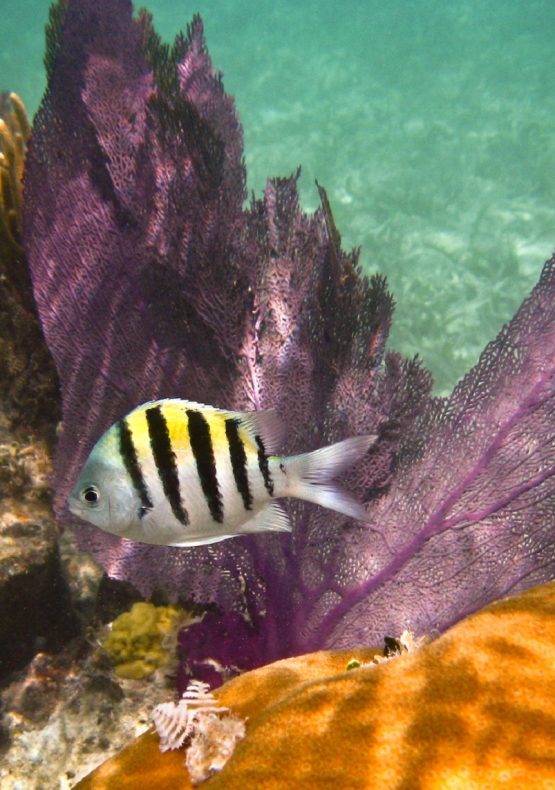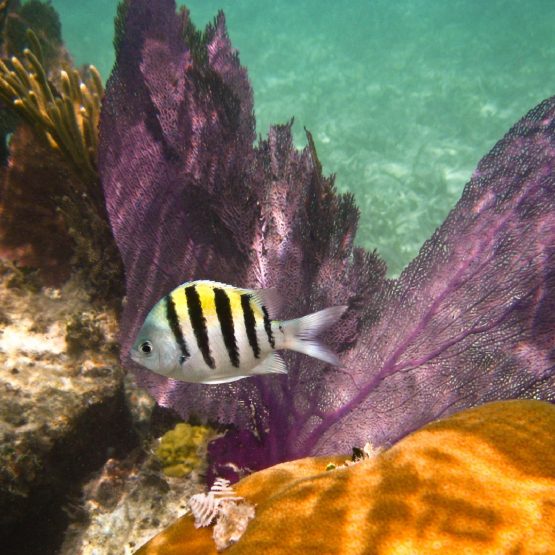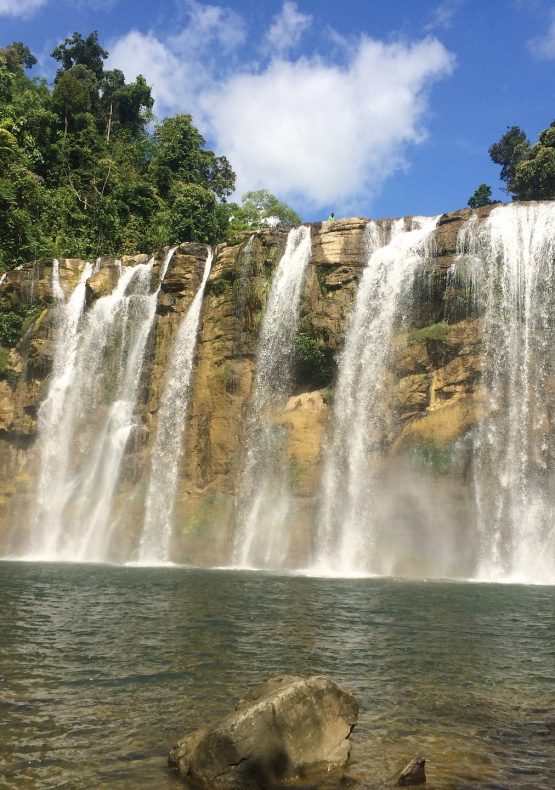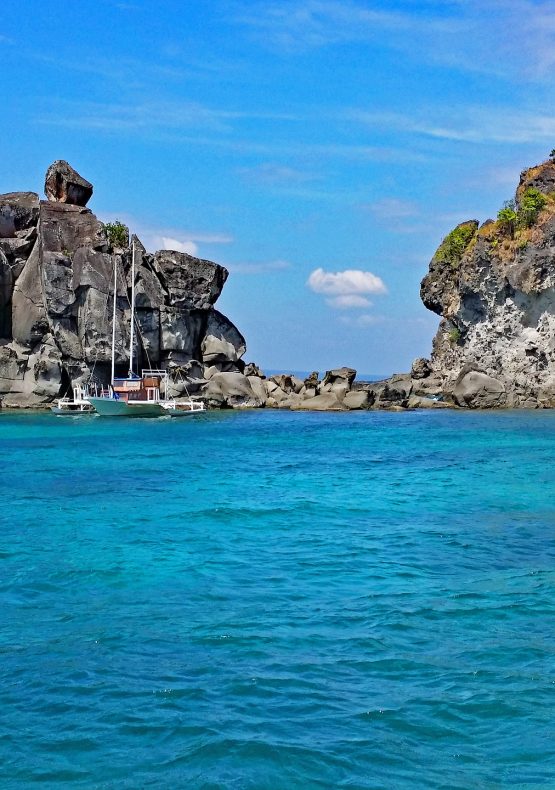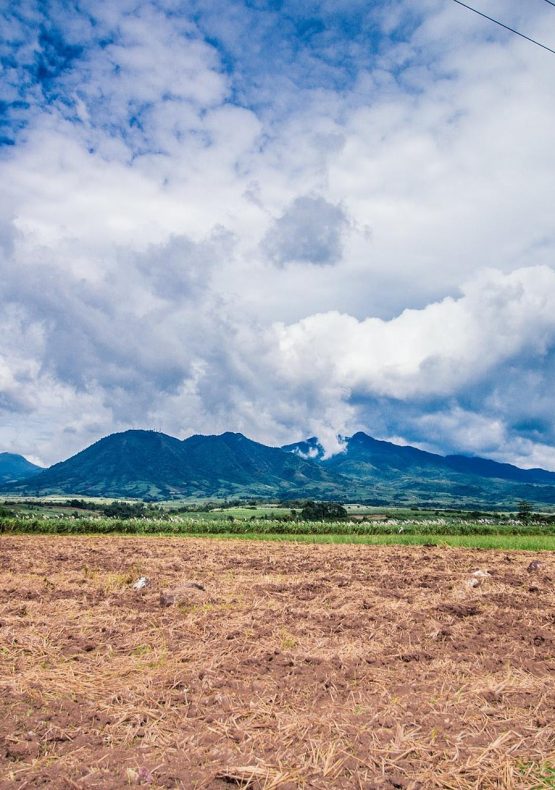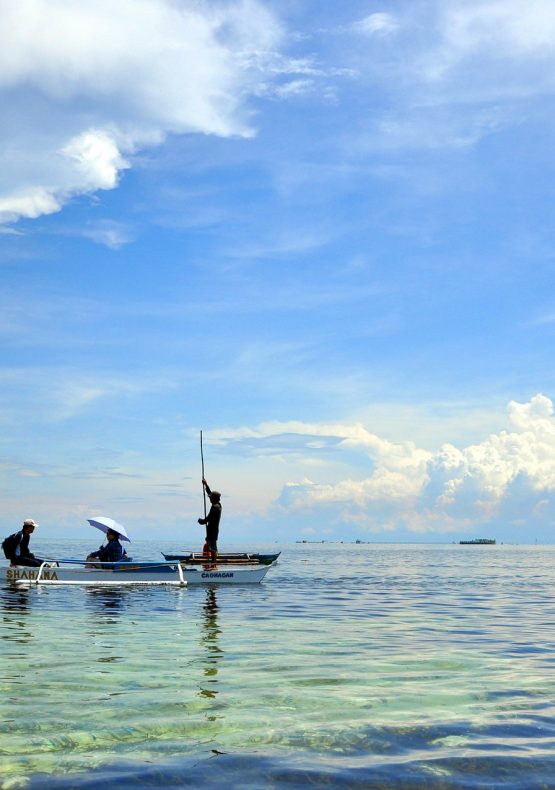Destination highlights
The Tubbataha Marine Park is located in a prominent position in the center of the Sulu Sea, between the archipelago of the Philippines and the great island of Borneo in Indonesia, in the Pacific Ocean, and includes the Tubbataha and the Reefs Jessie Beazley. To reach this natural wonder, you must fly to Manila, the capital, and from there change from the international airport to the Manila national airport to take a local flight that in less than an hour displaces the traveler to “Princess Port”, the capital from the island of Palawan, from where the “life-on-board” depart for the Tubbataha reefs.
The sea of Sulú at certain times of the year presents strong currents and waves, for this reason it is convenient to choose dates between the months of March and June during the spring. Outside that time, the Sulfur Sea is energetic due to the strong winds prevailing in the area that raise strong waves outside the recommended time period. The way to visit Tubbataha is on a Diving cruise, as there is no hotel infrastructure on its small reefs and islets. The last trip of the season is used as a transition route and during the return to the south of the island of Luzon, you will visit other beautiful reefs such as Apo-Reef in the Coron region that also offers spectacular diving.
The Tubbataha Marine Park is legally protected through Philippine national legislation on protected areas and other environmental laws that allow for measures to be taken against a wide range of threats. This legislation establishes the protection of the place through various security delegations, so the tourist activity requires careful planning and management to ensure that the property values are maintained as well as the visitor`s safety.
[vidprofits id=”105″]
Travel tips
The adventure begins by embarking on steel ships prepared for diving and, before setting sail, an interesting welcome speech is offered, offered by the biologists of the Tubbataha Marine Park, residents of Puerto Princesa. Then, at the beginning of the journey, the traveler is placed in staterooms that offer a fantastic panoramic of more than 180º with the entire bow in front. After several hours of travel the guides instruct visitors in relation to the best places to dive depending on the tastes of each one. The park protects an area of almost 100,000 hectares of high quality marine ecosystems and is made up of three atolls and a large area of high seas. This area under special management regime is home to a great diversity of marine life, such as whales, dolphins, sharks, turtles and napoleons.
The ecosystems of the reefs are home to around 350 species of coral and almost 500 species of fish. This national park also protects one of the few remaining colonies of breeding seabirds in the region. It also has a large perpendicular wall, large and beautiful lagoons and two coral islands. It was declared a World Heritage Site by UNESCO in the year of 1993. It has several diving areas previously identified by connoisseurs of this activity. Among these areas are: Delsan Wreck on the South Atoll: a space that serves as a shelter for numerous banks of Sweet Lips and Groupers, very frequented by manta rays and white tip sharks, black tip and reef grays, and turtles are frequent. As for the diving area called Washing Machine on the North Atoll, there is a gentle slope that sinks gently into the abyss. Currents attract stingrays and sharks at the tip of the reef.
[vidprofits id=”106″]
It is advisable to be careful with the internal currents that tend to displace the divers with some force towards the depths. In this area you can also see large napoleons, jacks, tuna and barracudas. Other diving areas in this national park are Lighthouse on the South Atoll: a soft and easy-to-dive coral platform covered in different areas by green plants alternated by white sandbanks, where the presence of numerous turtles is enjoyed in the background between soft corals. Mottled rays, butterfly fish, angels and butterfly fish are also found. Also highlights Seafan Alley in the North Atoll in which gorgonias that grow along the wall, in addition to finding the picturesque sea pygmy seahorses or pipefish are displayed. The dive is also famous for the crossbows of red teeth and sweet lips, barracudas, tuna and it is also possible to encounter sharks with a silver tip. The temperature is ideal, between 27 and 28 degrees Celsius.
To travel to the Tubbataha Reef National Park, it is enough to bring swimwear, some summer clothes and, of course, the diving equipment. The station of the Rangers is a must visit, there you can get souvenirs or souvenirs of your stay in the place, like cotton t-shirts and sign in the guestbook to record the trip. Different analysts and scientists from famous universities have concluded that this national park, an area protected by the government of the Philippines, acts as an incubator and natural nursery for fish species and coral larvae, from where they are dispersed to the rest of the Philippine Sea, Malaysia and Indonesia. The place is especially important from the environmental point of view, thanks to the influx of different currents that provide a continuous flow of nutrients that keep both the ecosystem and the preservation of the different species that have been established there for centuries.
Hotel recommendations
As for the lodging to visit this national park, the traveler must be located in one of the nearby islands since these atolls do not offer possibility to spend the night. The following are recommended, more or less close to the place: Movenpick Hotel Mactan Island Cebu, Quest Hotel & Conference Center Cebu, Belmont Hotel Manila, Hotel 101 Manila, Waterfront Cebu City Hotel & Casino, City Garden Grand Hotel and Armada Hotel.
[vidprofits id=”107″]

